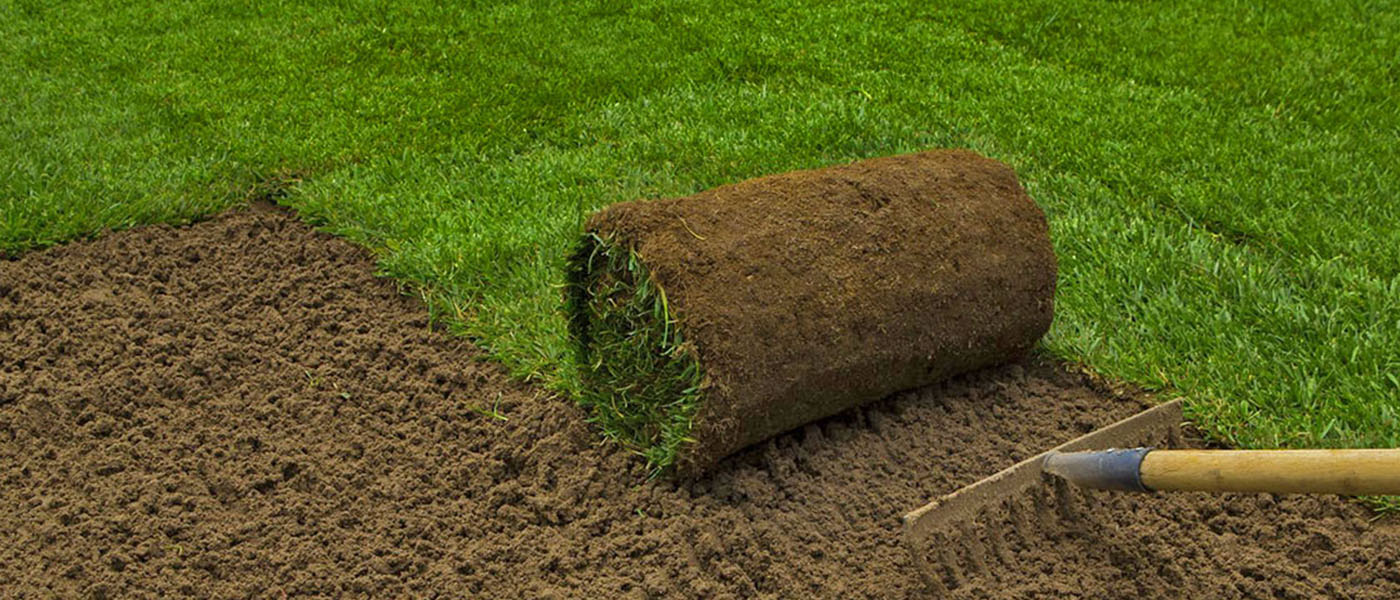
Sodding your yard can transform a bare patch of earth into a lush, green landscape. Whether you’re renovating an old lawn or starting fresh, sod installation is a popular solution because it gets immediate results and it’s available year round.
Below we cover the right way to prepare, lay, and maintain sod in a hot desert environment like Phoenix:
- The best conditions and timing to lay sod.
- Step-by-step guide to preparing your yard and laying sod.
- Specific considerations for laying sod in Arizona.
With the right approach, sodding your yard can be a rewarding project that enhances your home’s curb appeal and provides a vibrant outdoor space for years to come.
Topics Covered
ToggleWant Phoenix Pro Landscaping to do the sod installation & maintenance and take care of all the hard work for you?
Choosing the Right Sod
Choosing, installing, and maintaining the appropriate type of sod for the Southern Arizona climate is how to ensure you get a healthy, thriving lawn.
The foundation of a successful sodding project lies in selecting the right type of sod for your climate and soil. Not all sod is created equal, and choosing the wrong type can lead to a lawn that struggles to thrive or requires excessive maintenance.
The Best Sod for the Southern Arizona Climate
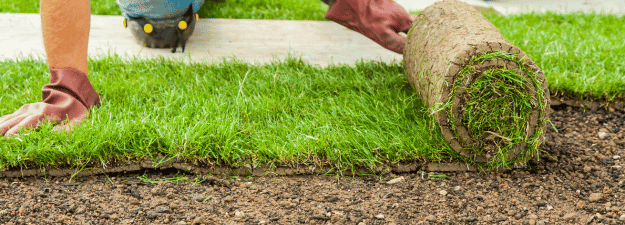
Grass varieties are specifically bred for different environmental conditions. Warm-season grasses appropriate for the Phoenix area include drought-resistant grasses thrive where summers are hot and winters mild. In order of most to least common, Bermuda (Midiron, Tifway 419, and Tifway II), St. Agustine (Palmetto), Buffalograss, Zoysiagrass, and Blue grama are the most popular choices.
How to Choose High Quality Sod
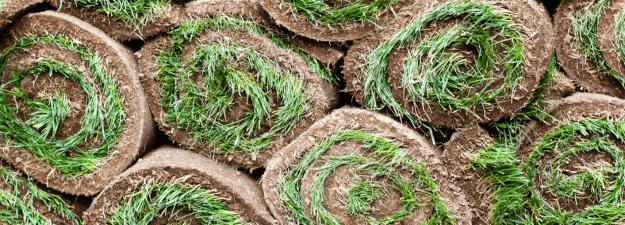
When selecting sod, look for rolls or slabs that are dense and have a healthy green color with no signs of wilting or yellowing. The roots should be moist and well-formed, not dry or crumbly. Sod should be laid within 24-48 hours of delivery to prevent the roots from drying out and ensure a successful transplantation. Make sure your soil is prepped and ready before then so the sod isn’t left sitting around.
The right sod not only enhances the appearance of your lawn but also reduces the need for ongoing maintenance. By selecting a grass type that is well-suited to your local climate and soil conditions, you’ll ensure a healthier, more resilient lawn.
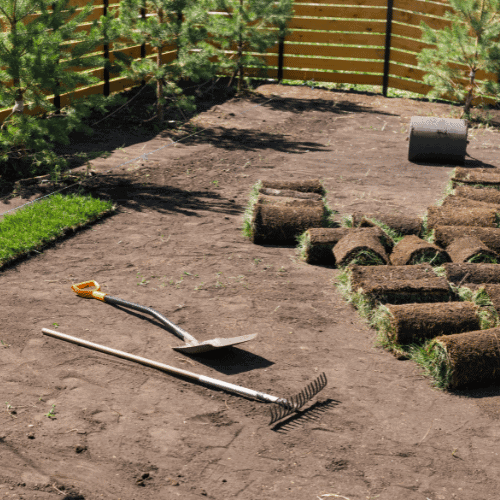
Timing for Sodding
Maximize root establishment and growth by laying sod at the right time for Phoenix.
Timing is critical when it comes to laying sod. Planting during the optimal season for your specific climate ensures the sod can establish roots without the additional stress of extreme weather.
In most climates, the best times to lay sod are during the spring and early fall. These seasons offer moderate temperatures and natural rainfall, which help the new sod establish without the extreme stress of summer heat or winter cold. Planting during these times provides the roots a better chance to grow deep into the soil, creating a stronger, more drought-resistant lawn.
In hotter climates, such as Arizona, the timing shifts slightly. Here, the best time to lay sod is typically from late September to early November. During these months, the temperatures begin to cool, reducing the amount of water needed and stress on the sod. Laying sod too late in the season, however, can be risky if early frosts arrive before the roots have established.
Preparing Your Yard for Sod
Soil preparation, including testing and amendment, creates an optimal foundation for new sod.
Proper preparation of your yard is essential before laying new sod. This groundwork ensures that your sod has the best environment for root establishment and growth.
Soil Testing and Preparation

Start by testing the soil to determine its pH and nutrient levels, guiding any necessary amendments to optimize it for grass growth. Remove any old grass, weeds, and debris, then break up the soil to about 6 to 8 inches deep using a rototiller. This tool simplifies the process and ensures a consistent soil texture, ideal for sodding.
Leveling and Adding Nutrients
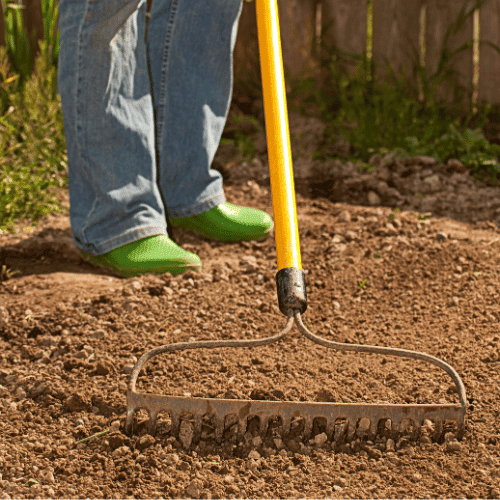
After tilling, use a rake to clear away any remaining clumps and rocks from the soil. Then, level the ground using a landscape rake to prevent water from pooling and to promote even grass growth. The results of your soil test may indicate the need to enhance the soil with additions of topsoil, compost, or specific nutrients.
Final Ground Preparation
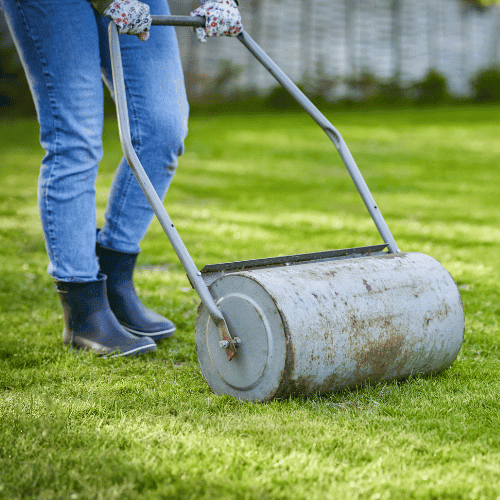
Finally, use a lawn roller to lightly compact the soil, making sure it remains loose enough to not hinder root growth. Water the prepared soil gently to help settle it and create the moist foundation ideal for laying sod. This step is critical for establishing a strong root system for your new sod and will make or break your efforts, so don’t skip it!.
Properly preparing your yard can make a significant difference in the success of your sodding project. This preparation not only helps the sod take root more effectively, but also promotes a healthier, more durable lawn in the long run.
Laying the Sod
Installing sod correctly involves aligning, staggering, and rolling to ensure solid root-to-soil contact.
Laying sod properly will ensuring it bonds well with the soil and establishes a healthy lawn. Here’s how to do it step by step:
Step 1: Start with a Straight Line
Begin laying your sod along a straight edge, such as a driveway or walkway. This helps ensure your rows remain straight throughout the installation. If no straight line is available, stretch a string between two stakes to guide your first row.
Step 2: Lay the First Row
Roll out the first row of sod, pressing down lightly as you go to ensure contact with the soil beneath. Avoid stretching the sod, which can lead to gaps and poor root contact.
Step 3: Stagger the Joints
Start the next row with a half piece of sod to stagger the joints, similar to brickwork. This staggered pattern helps prevent lines of weakness across the lawn and aids in water retention.
Step 4: Fit the Edges
Trim pieces as needed to fit around curves, trees, or borders using a sharp knife or a half-moon edger. Make sure each piece of sod is tightly butted against its neighbors without overlapping or leaving gaps.
Step 5: Roll the Sod
Roll out the first row of sod, pressing down lightly as you go to ensure contact with the soil beneath. Avoid stretching the sod, which can lead to gaps and poor root contact.
Step 6: Watering
Start the next row with a half piece of sod to stagger the joints, similar to brickwork. This staggered pattern helps prevent lines of weakness across the lawn and aids in water retention.
Properly laying your sod will provide a solid foundation for a lush, green lawn that looks professionally landscaped. By following these steps, you’ll ensure your sod has the best chance to thrive.
Aftercare and Maintenance
Maintaining new sod requires a consistent watering schedule and timely mowing to promote healthy growth.
Proper aftercare is crucial to ensure your new sod establishes well and develops into a robust and lush lawn. Here are the key steps to follow after laying your sod:
Watering Schedule
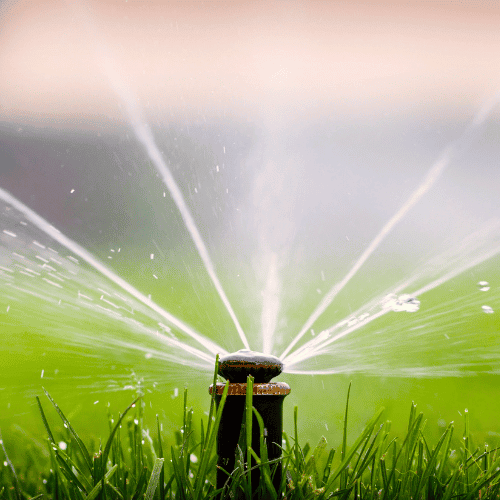
Water is essential for new sod, and it should be kept consistently moist to encourage root growth. During the first two weeks, water your sod at least once a day, making adjustments for rainfall and temperature. As the sod starts to take root, gradually reduce the frequency of watering but increase the amount, encouraging deeper root growth.
When to Mow New Sod
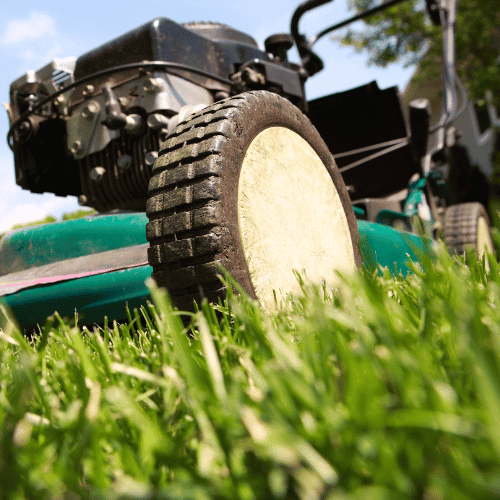
Avoid mowing the lawn until the sod has rooted firmly, which typically takes about two to three weeks. The first mow should be gentle, cutting no more than the top third of the grass blades. Ensure your mower blades are sharp to prevent pulling up the sod.
Long-Term Maintenance Tips
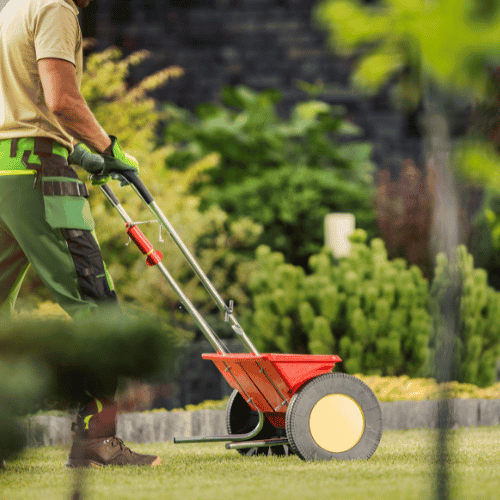
Fertilize your new lawn about six weeks after installation, using a lawn fertilizer that’s appropriate for your specific type of grass. Regularly check for and control any weeds, pests, or diseases. Aerating the lawn annually helps ensure nutrients reach the soil beneath the sod.
By adhering to these aftercare practices, you can help your new sod develop into a durable and beautiful lawn that enhances your property’s appeal and usability.
Want Phoenix Pro Landscaping to take care of all the hard work and do the sod installation and maintenance for you?
Key Takeaways of How to Sod Your Yard
Avoiding common sodding mistakes, such as overlapping sod pieces and improper watering, protects lawn health.
Sodding your yard can instantly enhance the aesthetic appeal and functionality of your outdoor space when done correctly. We’ve covered the A to Zs of sodding, from choosing the right type of sod for your climate to the detailed steps of laying and caring for it effectively.
- Understanding the best conditions and timing for laying sod ensures you start your project under optimal circumstances.
- Following a step-by-step guide for preparing your yard and laying sod helps create a solid foundation for your new grass.
- Adhering to specific considerations, especially for challenging climates like Arizona, tailors the approach to your local environmental conditions.
After adding sod, keep up with yard maintenance schedules and techniques to keep your new lawn thriving. A well-maintained sod can transform your yard into a lush, green oasis that endures year round.
